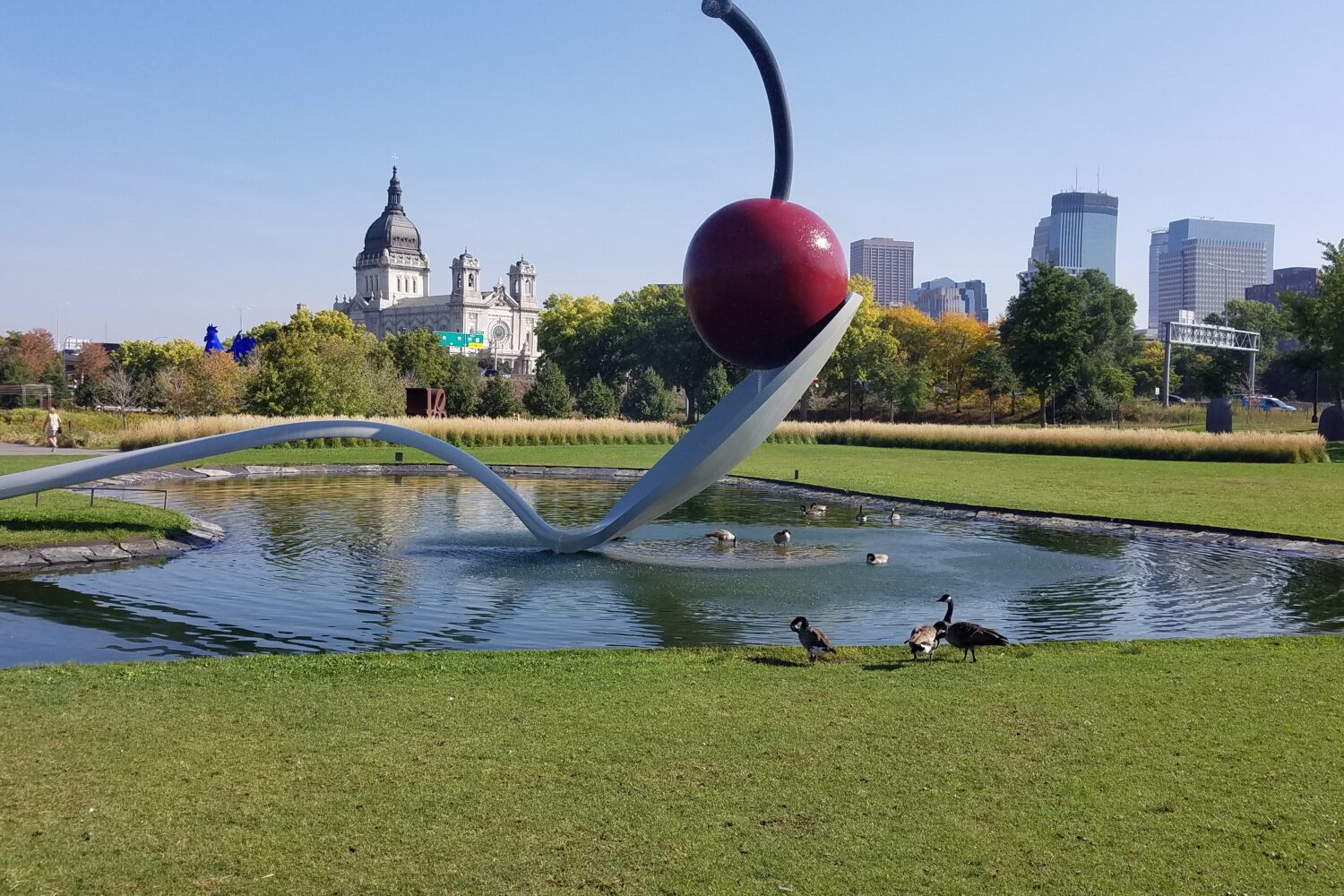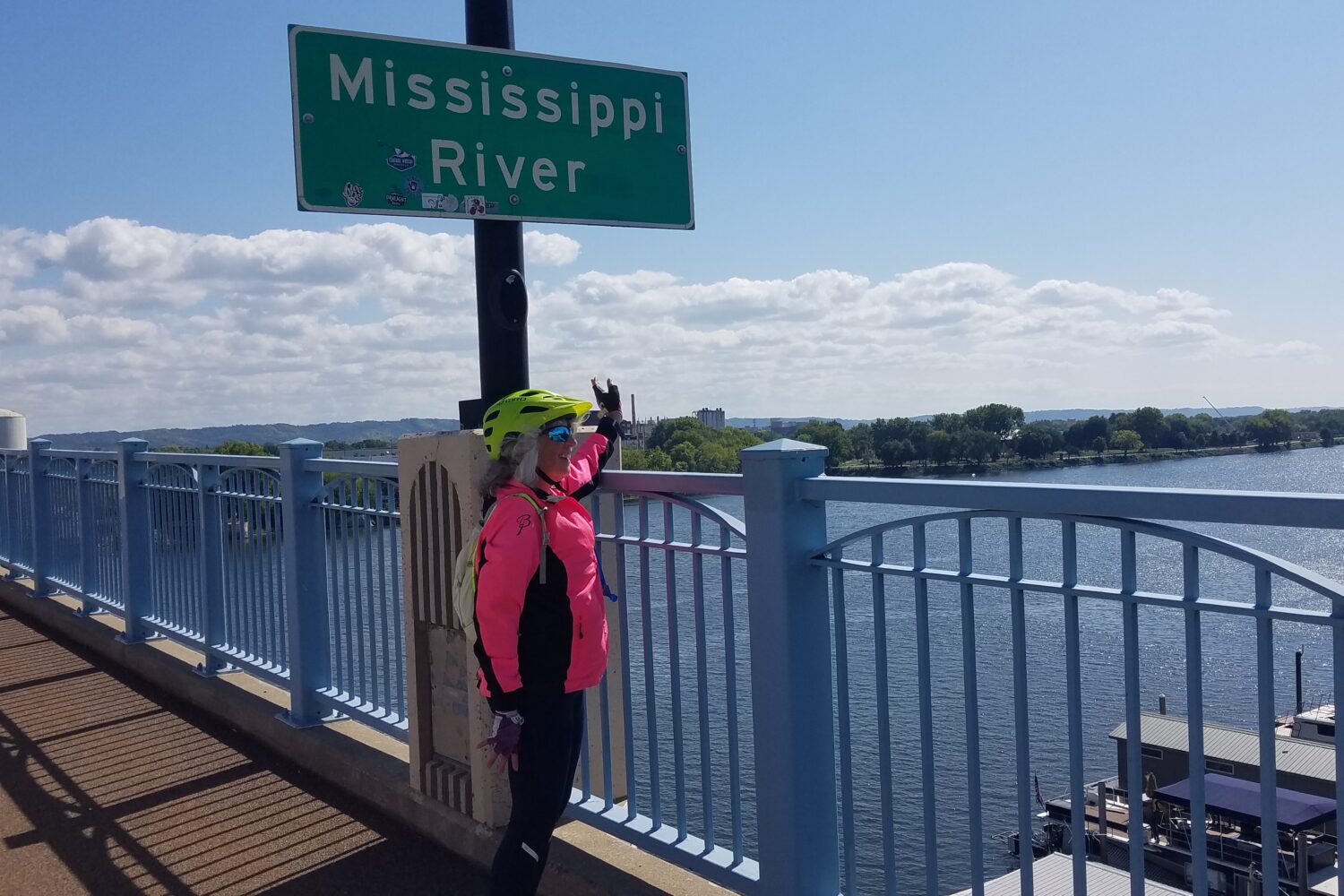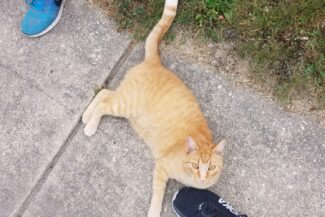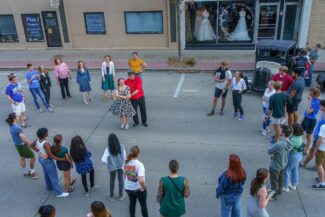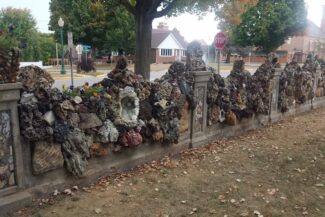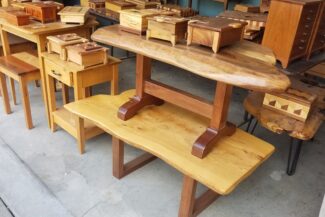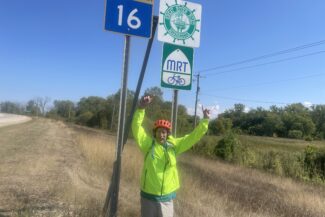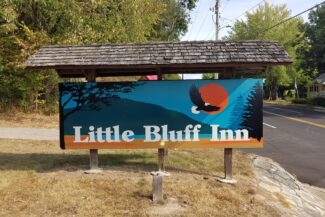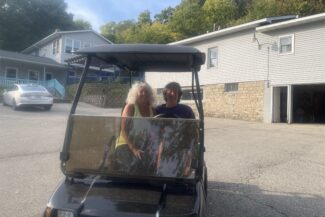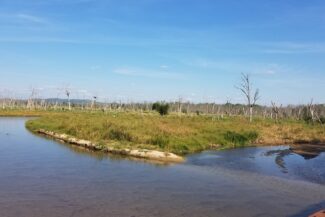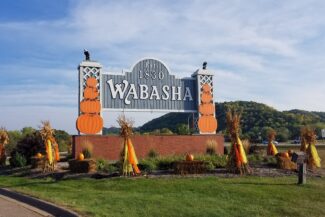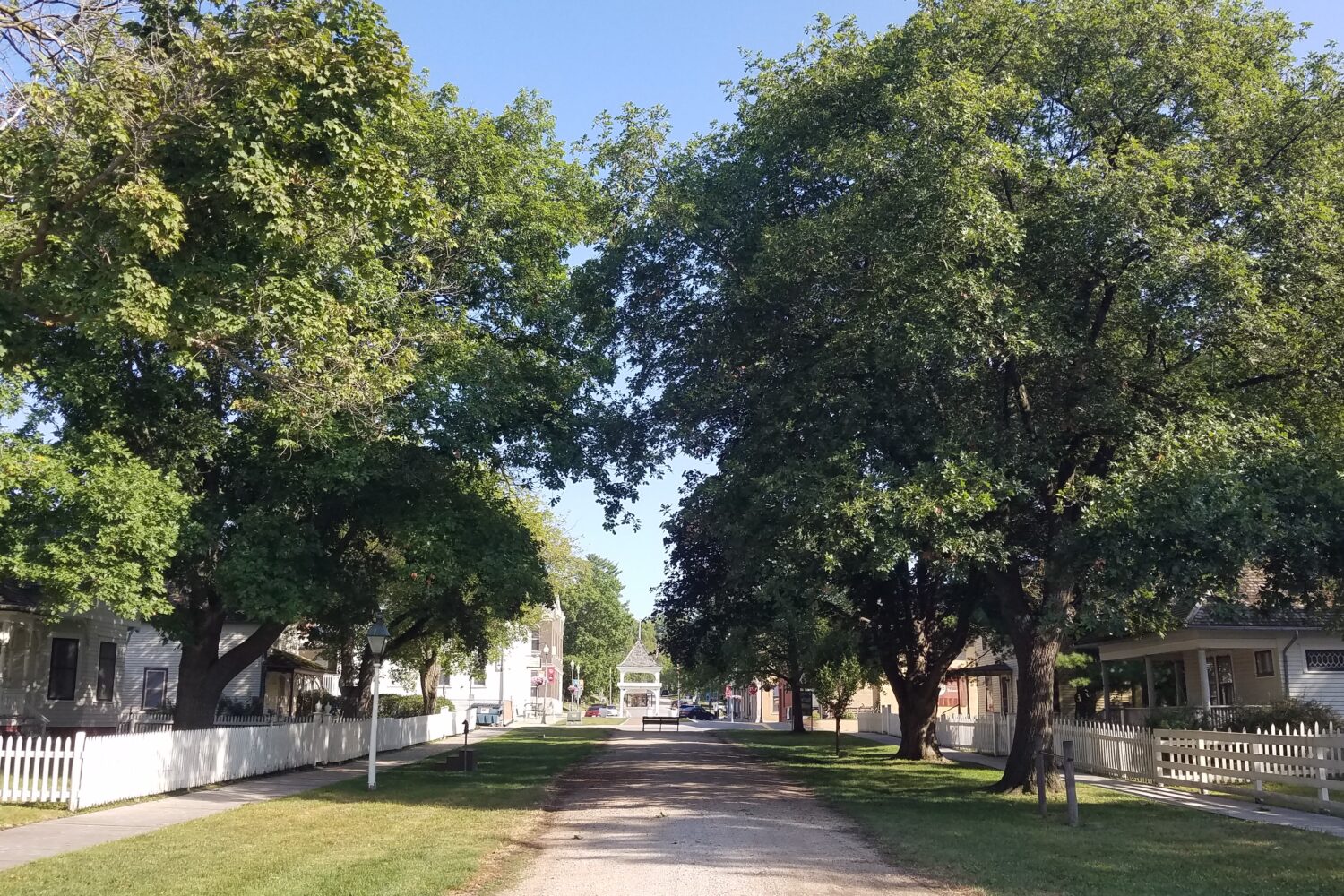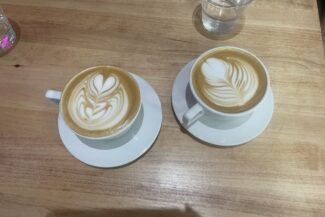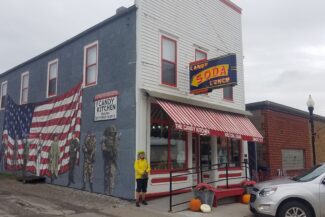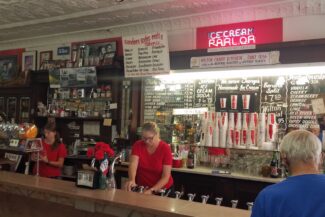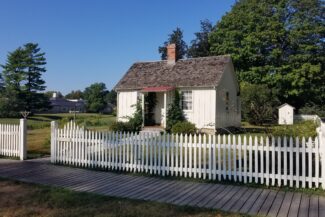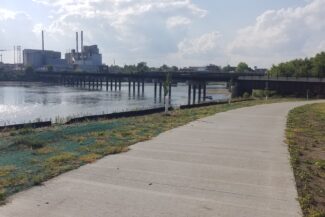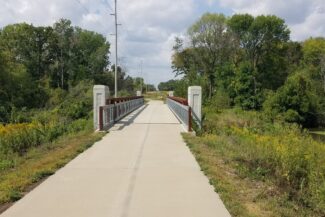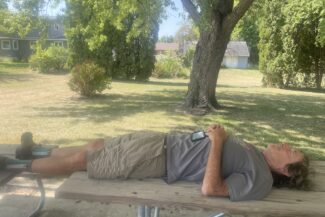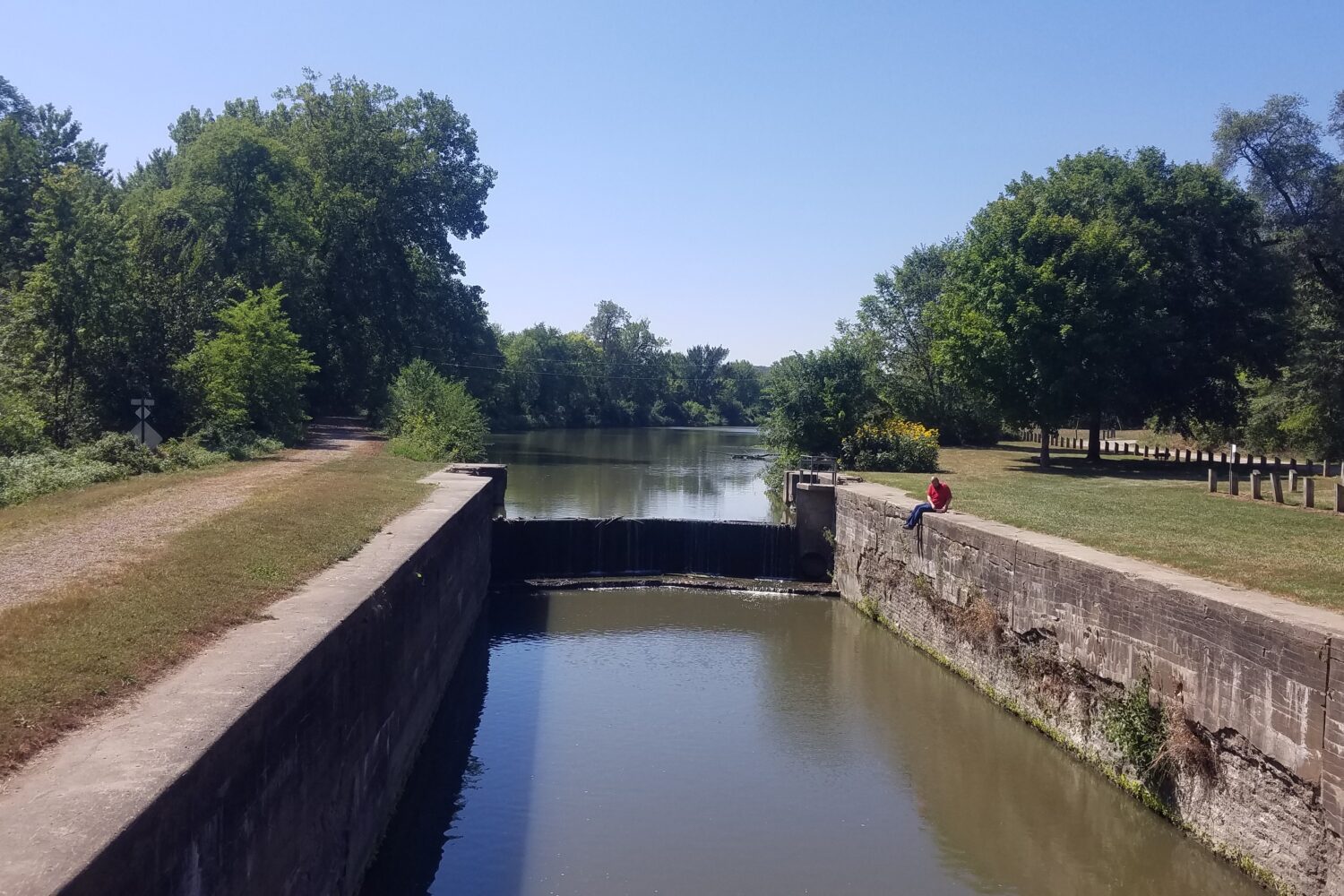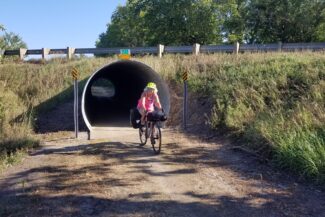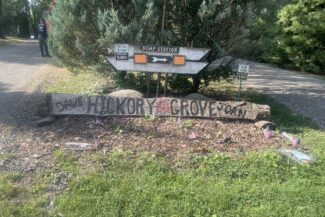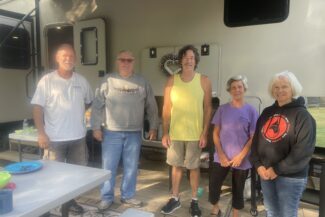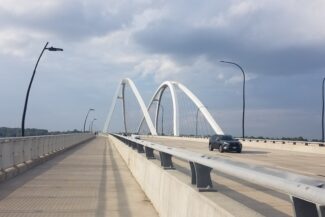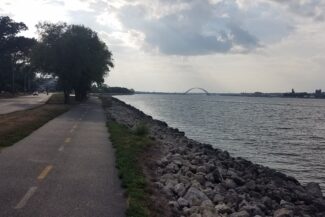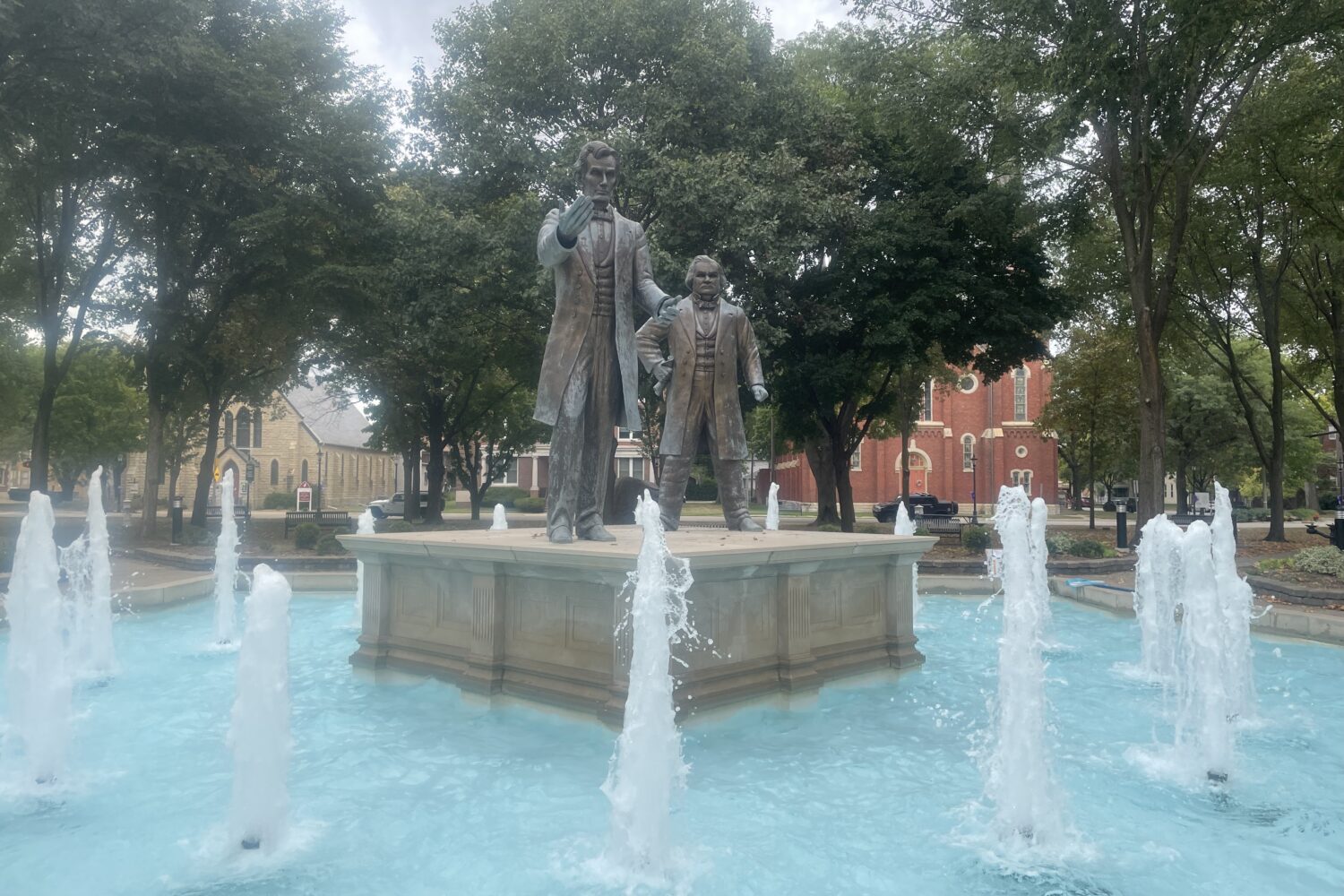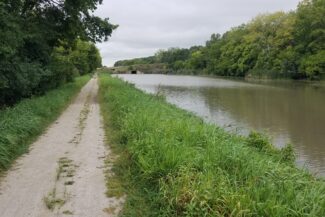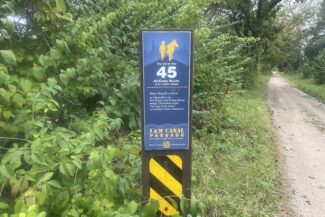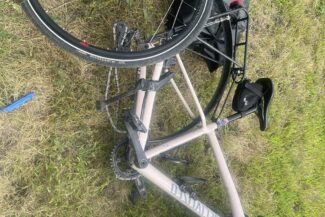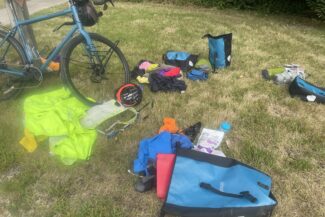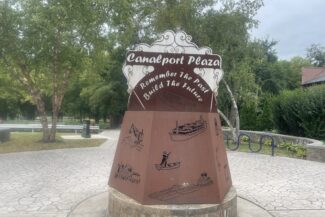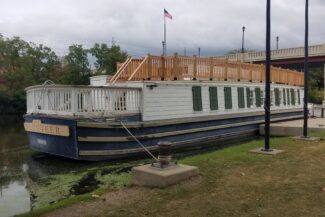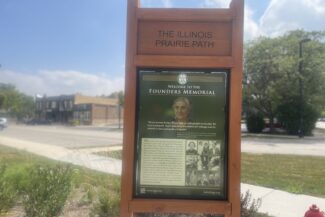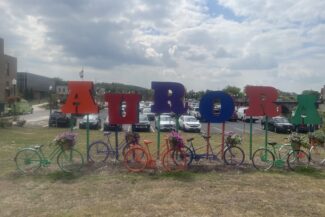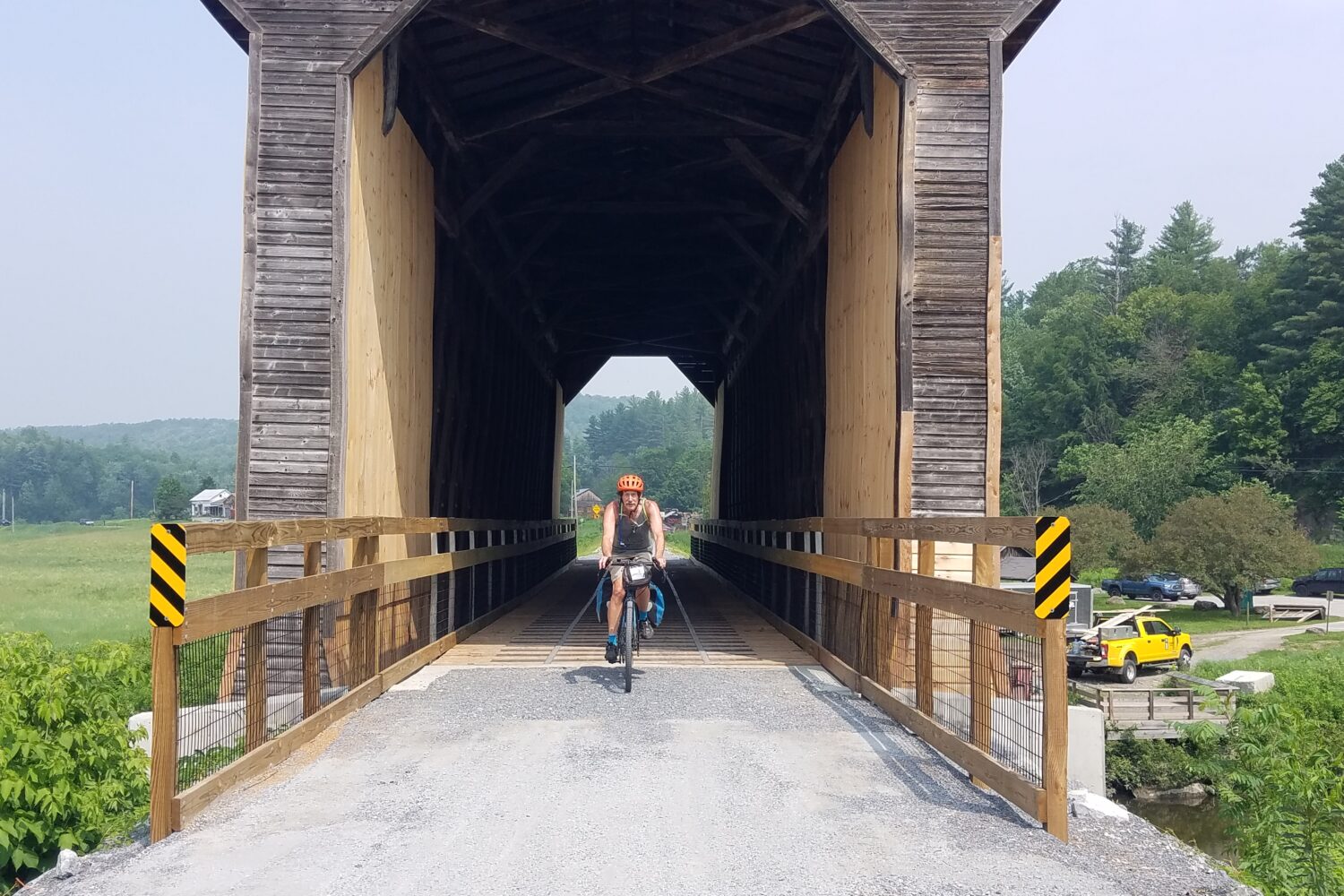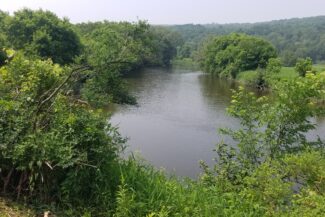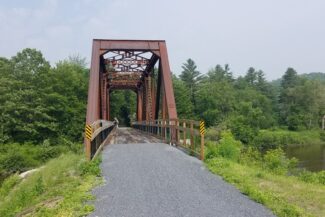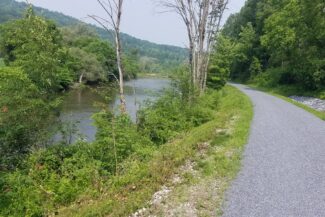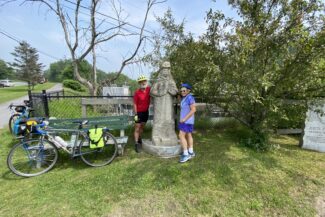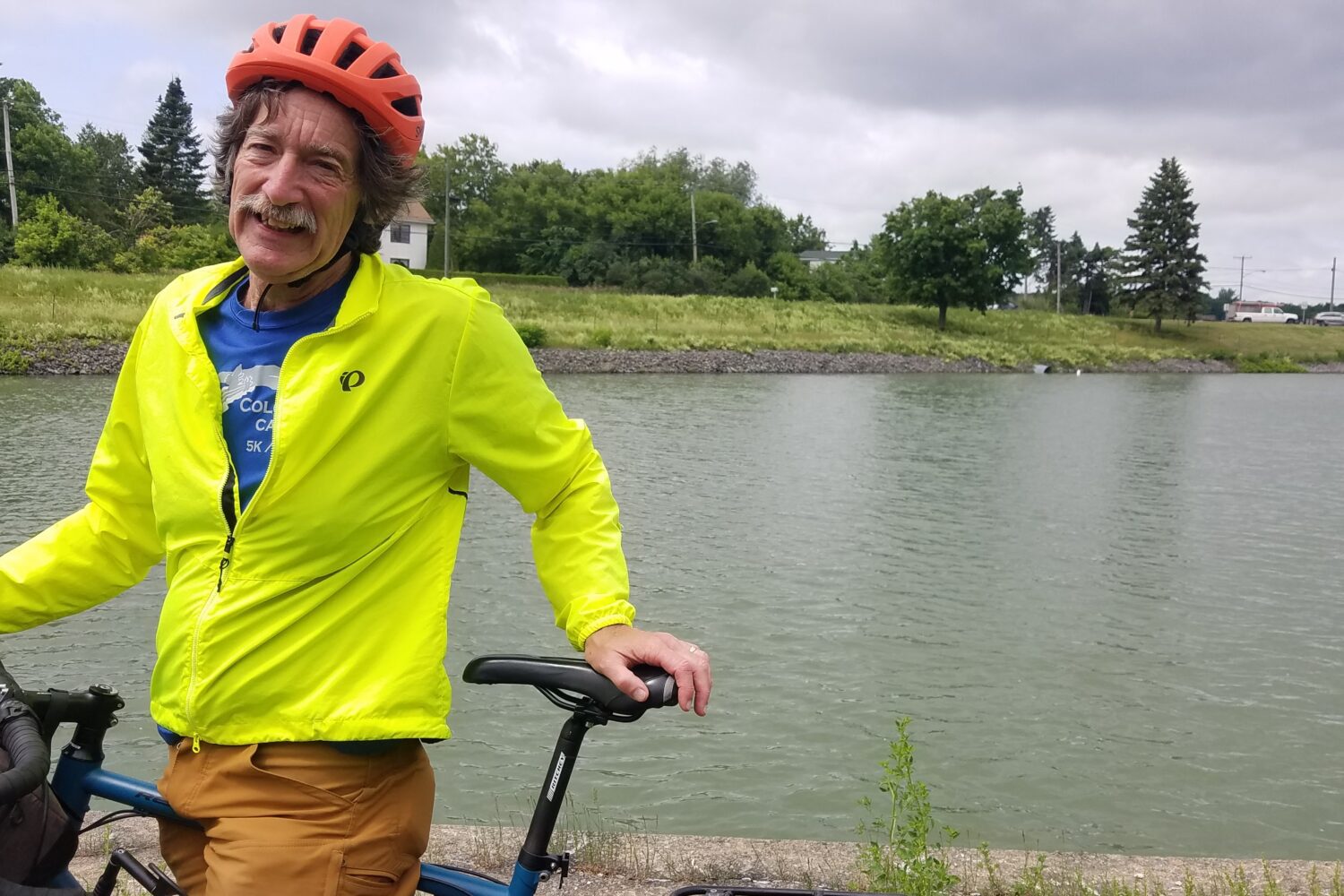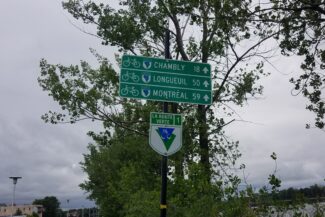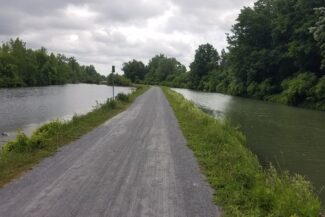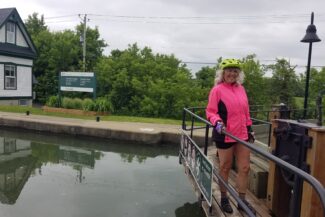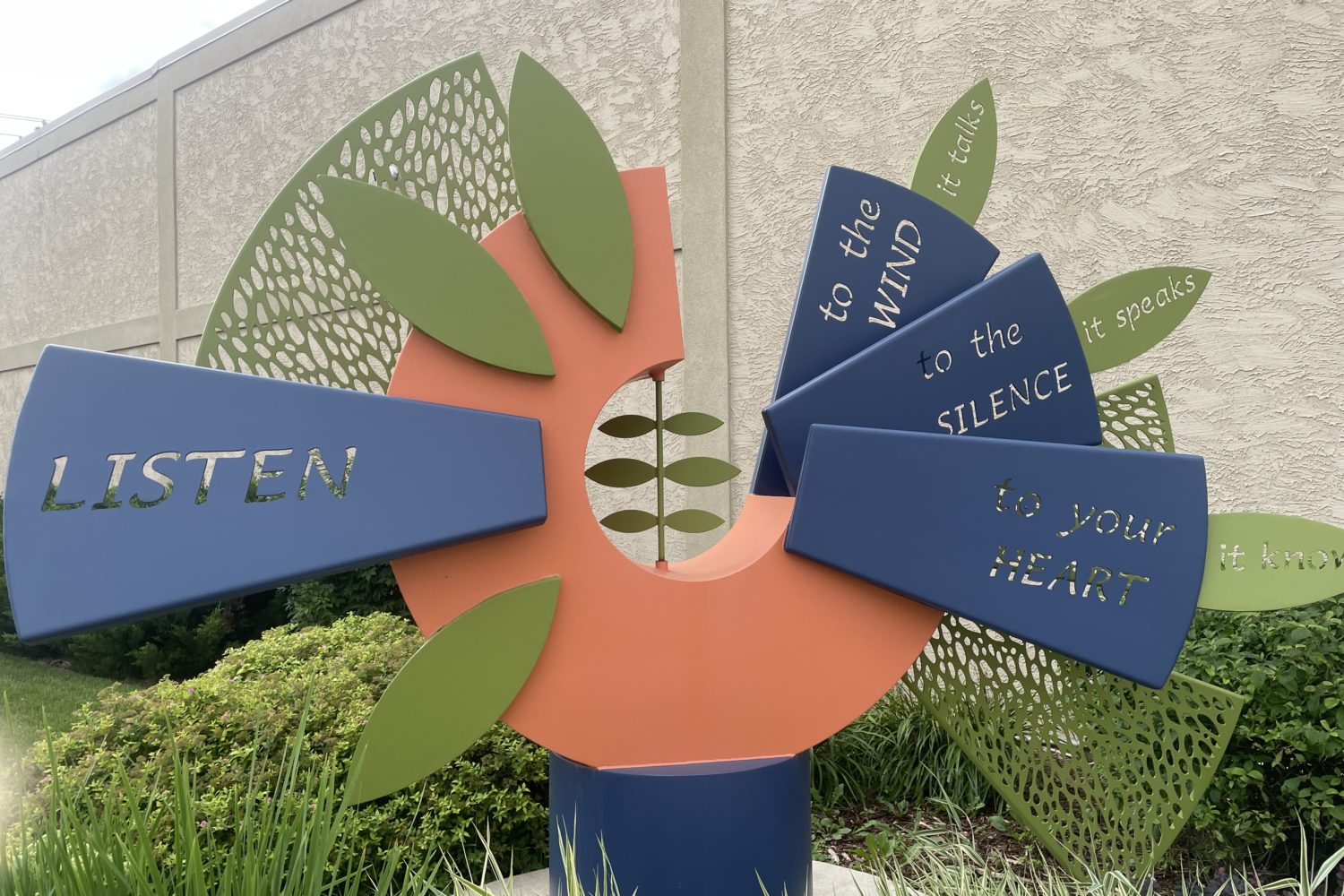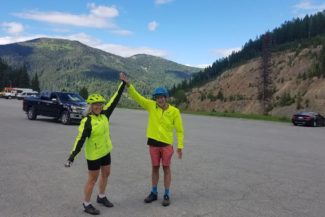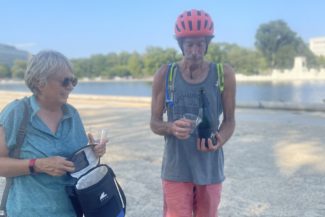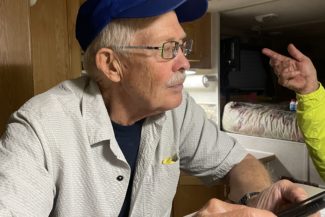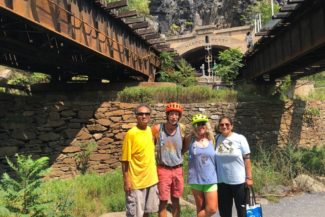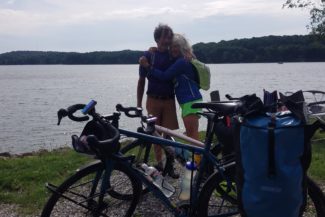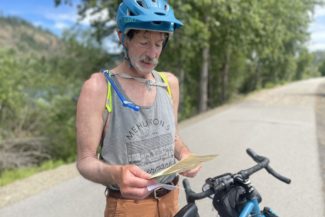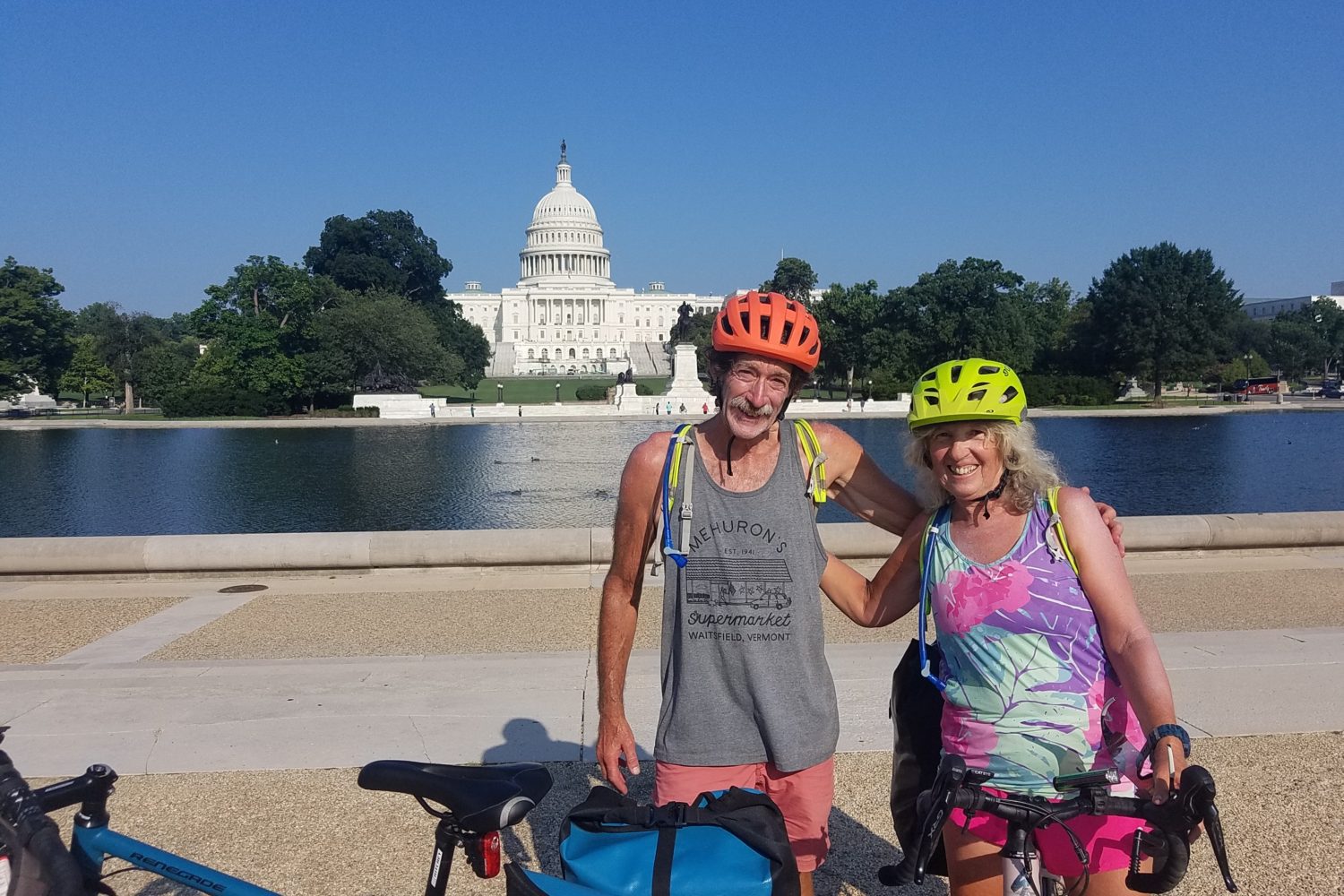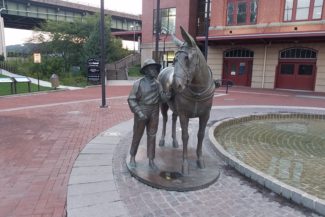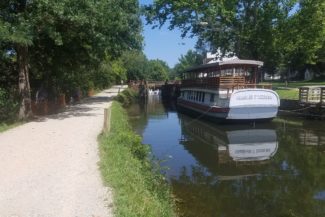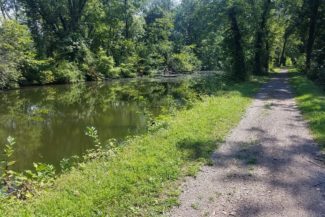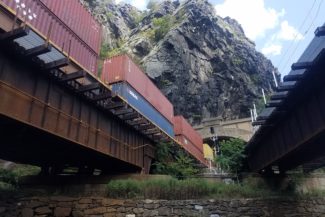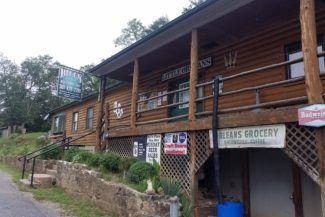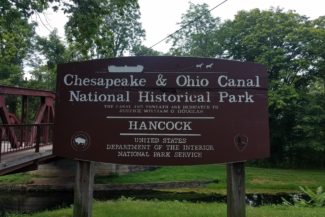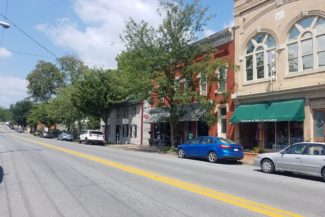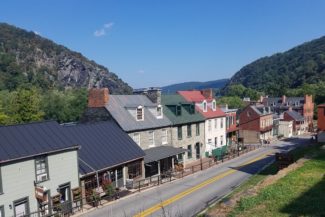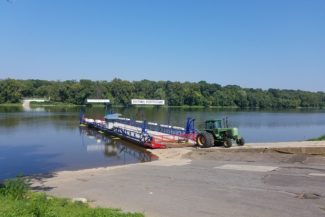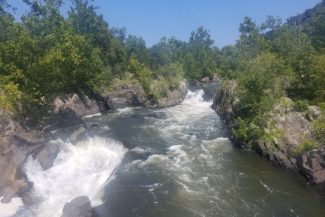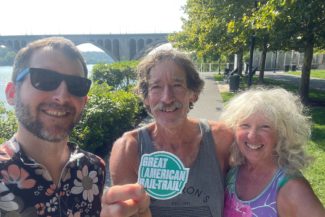When we discovered Highway 61 was closed to Red Wing, Minnesota, it was all hands on deck. The detour through the hills on narrow roads with all the diverted traffic didn’t rock our boat. We called a bicycle shop owner who suggested we cross back into Wisconsin and ride on their highway. We spoke with Corey, (the inn manager), about putting a sign up that said – cyclists need a ride through the detour – will pay. Corey, (who told us his mother named him after Corey Hart, Corey Feldman and Corey Hiam), did us one better by posting our request on Wabasha’s online community forum. Within 30 minutes, Pat received a text from Brenda, asking about our bicycles and our panniers. “I’ll take you up the road in the morning, provided your bicycles fit in the back of my Honda Pilot,” she said.
And just like that, Brenda arrived in the morning and we stashed our bicycles into her vehicle. It was all so easy. Along the way, we learned that Brenda is the co-owner of the Hopping Girl Brewery, runs a bed and breakfast and serves as a travel consultant. She’s definitely a go-getter with plenty of energy. When Brenda dropped us off in Hastings, Minnesota, it was around noontime with temperatures in the mid-80s. Our destination that day was Minneapolis. The pavement was hot and there was little shade for miles. We rode through the 3M complex in Cottage Grove and eventually made our way to the outskirts of St. Paul, while dodging sidewalk and road construction projects. From there, we had a pleasant ride through many of St Paul’s trails and parks, all the while assuming Minneapolis was just a few miles further. Two hours and 15 miles later, we arrived on the University of Minnesota campus. We were thirsty and l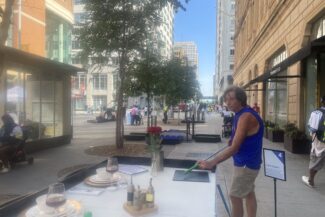 ight-headed, having neglected to eat anything all afternoon.
ight-headed, having neglected to eat anything all afternoon.
“Let’s take a day off and explore Minneapolis before we cycle north,” Pat suggested. We did, walking several miles around the city through the sculpture garden, the flour mi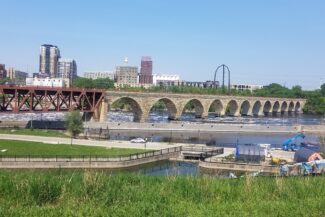 ll ruins and the main thoroughfares. It was downtown Thursdays, something the city has initiated to bring workers back to the city and out of their home offices. As in other cities, much of downtown is empty of businesses and offices; the aftermath of the pandemic. We did have a bit of fun playing a creative game of miniature golf that had been set up on the street.
ll ruins and the main thoroughfares. It was downtown Thursdays, something the city has initiated to bring workers back to the city and out of their home offices. As in other cities, much of downtown is empty of businesses and offices; the aftermath of the pandemic. We did have a bit of fun playing a creative game of miniature golf that had been set up on the street.
After a lovely meal and some brews at the Town Hall Brewery, we got back to planning the rest of our route. After studying the mileage and the calendar, we learned that the train station, where we planned to board the train back to Chicago, would not allow our bicycles on because it’s an unmanned station. This is something I suppose we might have checked months earlier. Our options were getting dicey; perhaps we should ride to St. Paul and take the train back to Chicago and do some more riding around Illinois. But, then we found a private car company that would take us to Brainerd, Minnesota, at the beginning of the Paul Bunyan Trail. With enough stamina, we could ride several 50-mile days, cycle the Paul Bunyan up to Bemidji and back to Brainerd, and then cycle back to St. Paul. It sounded quite challenging but we were up for it.
“Do you want the bigger or smaller van for your bicycles?” the owner of the car service asked. It’s $315 for the smaller or $350 for the larger vehicle. “We’ll take the smaller vehicle,” Pat said, fully confident because our bicycles had fit in Brenda’s SUV without issues.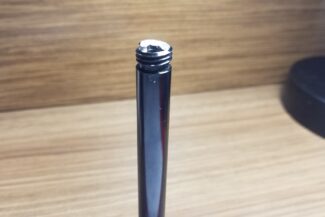
Bill, our driver, arrived in the morning, in a jacket and tie with muffins for us. He opened the hatchback and Pat attempted to place his bicycle inside. It didn’t fit. “Let’s take the front wheels off,” Pat said. My front wheel easily came off but Pat was having no luck with his bicycle. When he finally was able to loosen it, the axle cracked. We jumped in the car, regardless. All three of us assumed we could easily find a replacement part at a bicycle shop on the way north.
That was when our journey came to a screeching halt. Not one bicycle shop on our way north had the axle he needed and we didn’t have the days needed to wait for an order to arrive. I texted my friend Kris, now frantic. “Rent a U-Haul and drive back to your daughter’s home in Chicago,” she suggested. And we did, giving up our dream of seeing the blue ox. It was tough and we were distraught. I figure that savings of $35 on the smaller van, cost us an extra $1500 that day. Another learning. Pat called a bicycle dealership in Lisle, Illinois – that is a Jamis dealer. They had the replacement axle in stock.
For a few more days, we will make our way around the multiple trails in the Chicago suburbs before heading home to Waitsfield.
Follow us as we spin our wheels,
Shevonne and Pat

